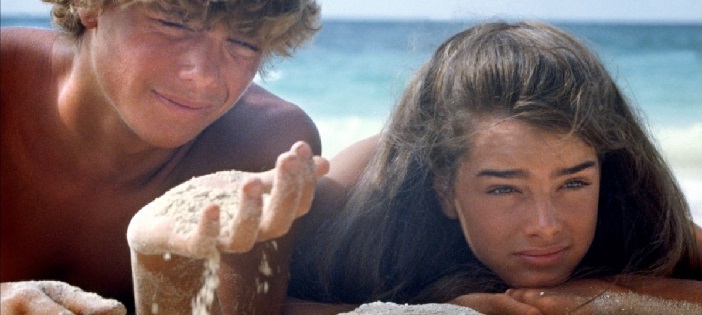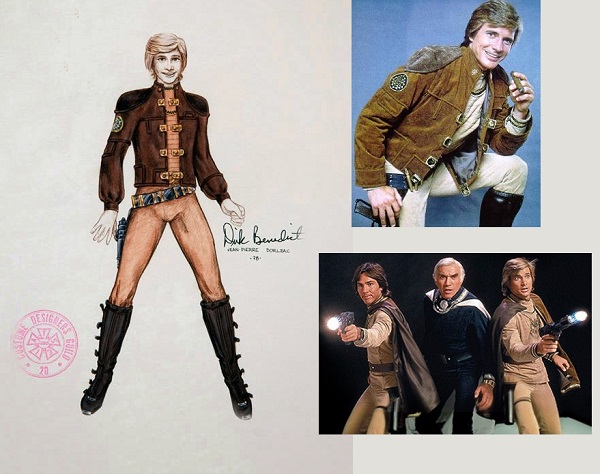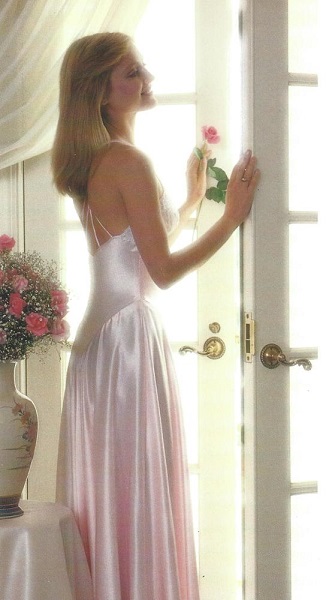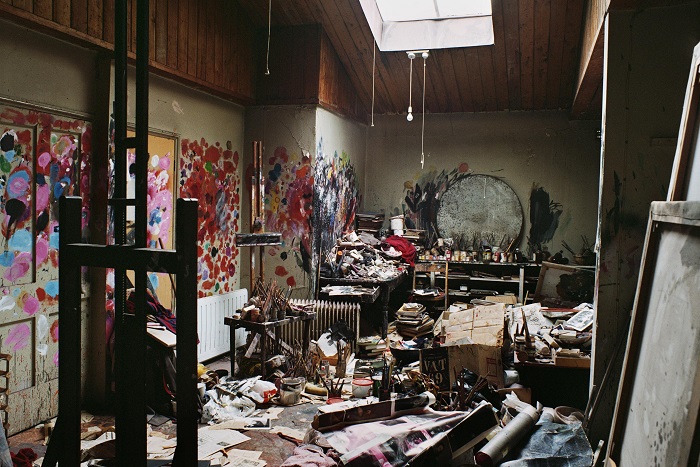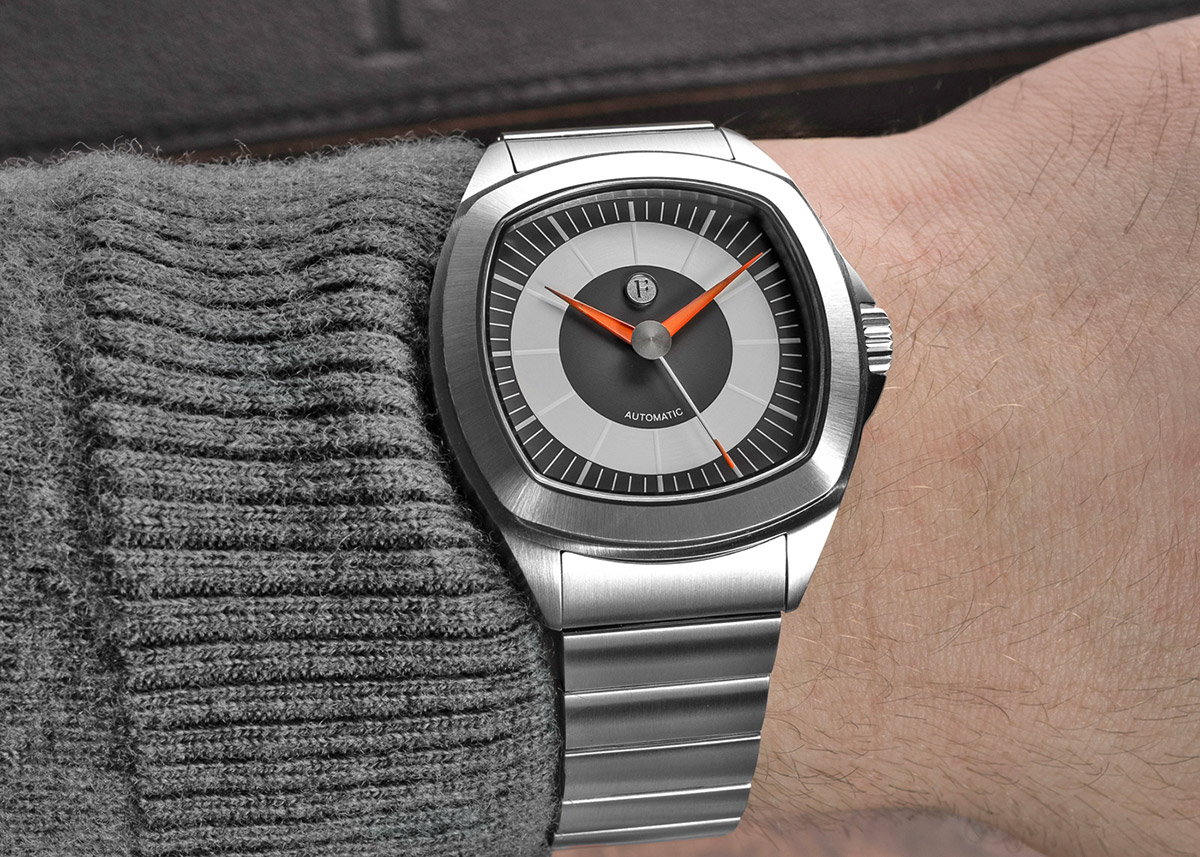
The 1970s was an unforgettable decade for racing, design, and craftsmanship, particularly in the automotive world. Sports cars of the time, especially the Porsche 911, stood as symbols of precision, speed, and elegance. Inspired by this golden era, Ferro & Company introduces the Time Master 70’s — a timepiece that captures the spirit of the 1970s, designed for those who appreciate the beauty of both classic cars and fine watches.
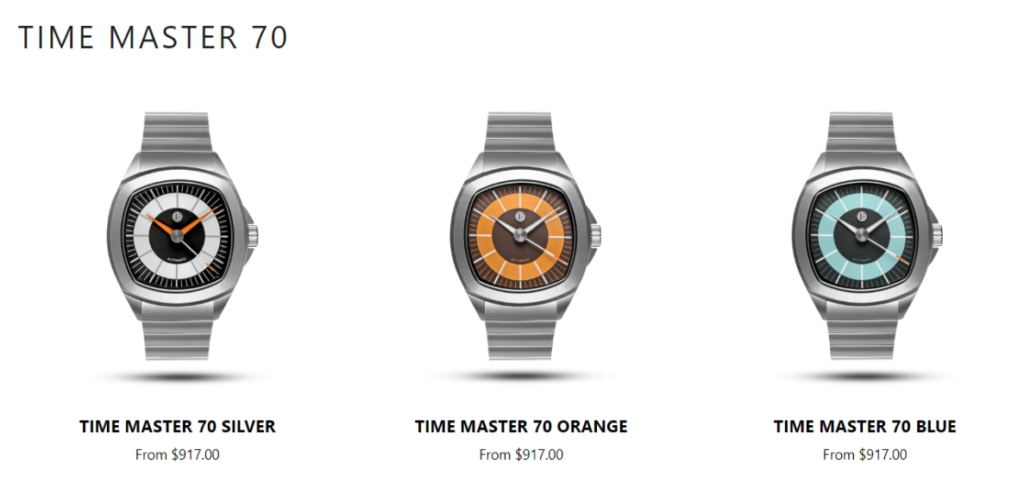
Note- prices are in USD.
A Fusion of Precision and Heritage
Much like the legendary Porsche models of the 1970s, the Time Master 70’s is a perfect blend of bold design and engineering excellence. Drawing inspiration from the sleek dashboards and smooth curves of 70s sports cars, this watch embodies the timeless style and craftsmanship of the era. Whether you’re a car enthusiast or a collector of fine watches, the Time Master 70’s offers a link to the past, with modern reliability.

1975 Porsche 911S Cabriolet dashboard instrument faces.
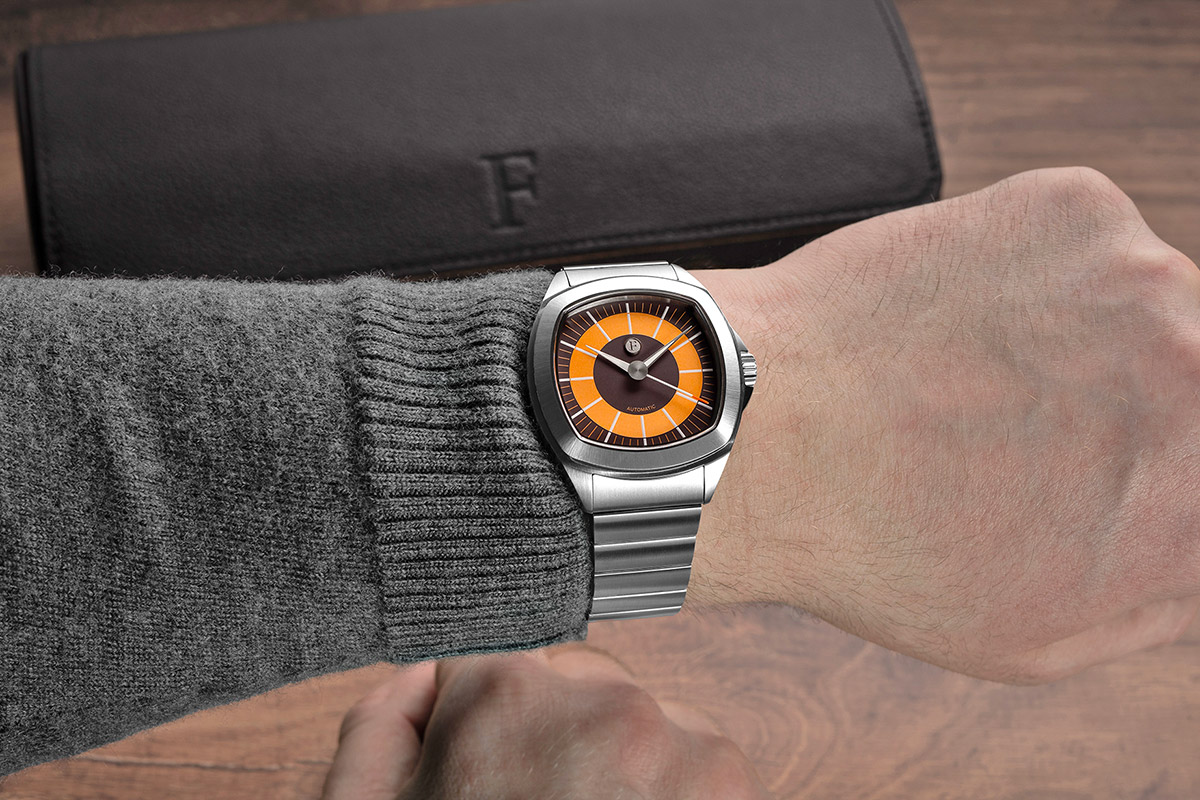
Key Specifications
- 39 mm Brushed Stainless Steel 316L Case: Built to last, the case reflects the robust yet elegant design of classic sports cars.
- 47 mm Lug to Lug: A comfortable fit for everyday wear.
- 20 mm Lugs: Compatible with various straps for personalization.
- 10.4 mm thick (Japan MVT) / 11 mm thick (Swiss MVT): Slim enough for versatility, substantial enough to make an impression.
- Flat Sapphire Crystal with A/R Coating: Scratch-resistant and designed to reduce glare, ensuring clear readability.
- Movement: Choose between the reliable Japan Miyota 9039 Automatic or the precise Swiss ETA 2824-2 Automatic .
- 6 mm Screw-down Crown: Ensures water resistance and durability.
- 10 ATM (100-meter Water Resistance): Built to withstand the elements, perfect for daily adventures.
- 20 mm 316L Stainless Steel Bracelets with On-the-Fly 6-click internal micro-adjust system: Offers unparalleled comfort and ease of adjustment.
- Super Luminova BGW9 Lume hour indices with Super Luminova Orange hands: High visibility in low-light conditions, just like the gauges on a race car’s dashboard.
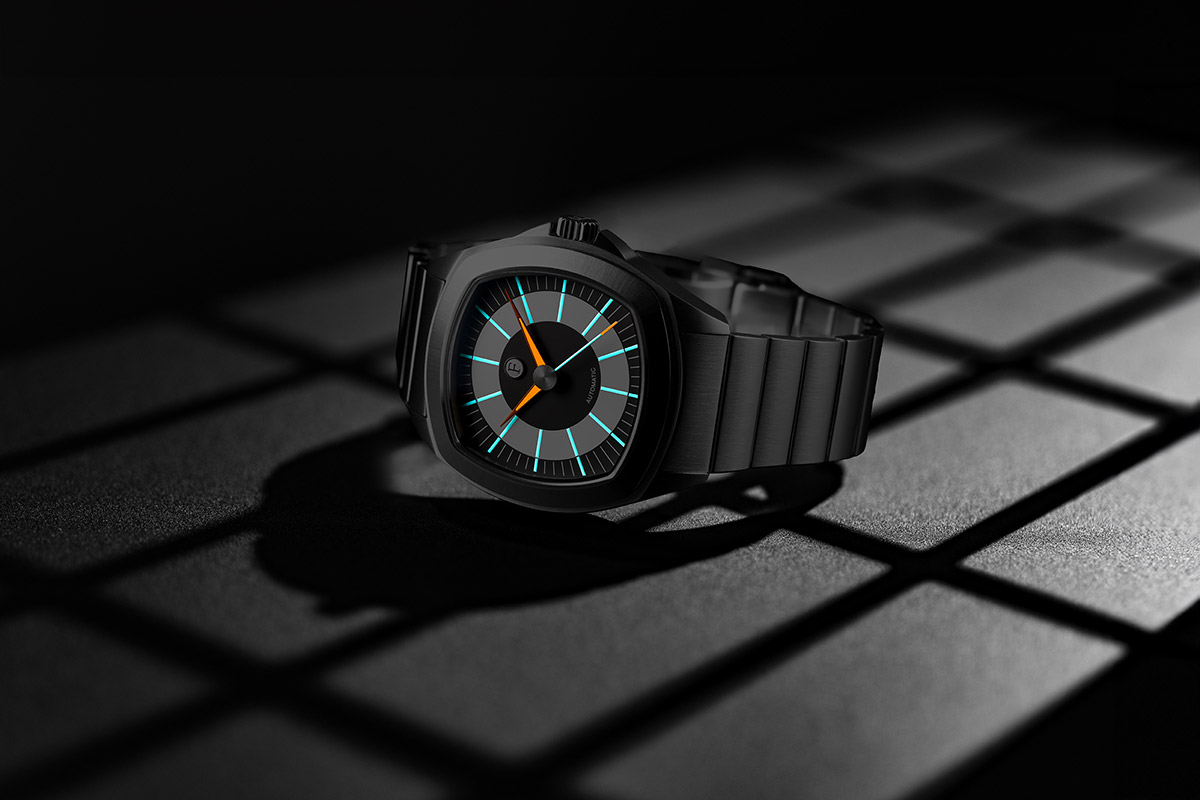
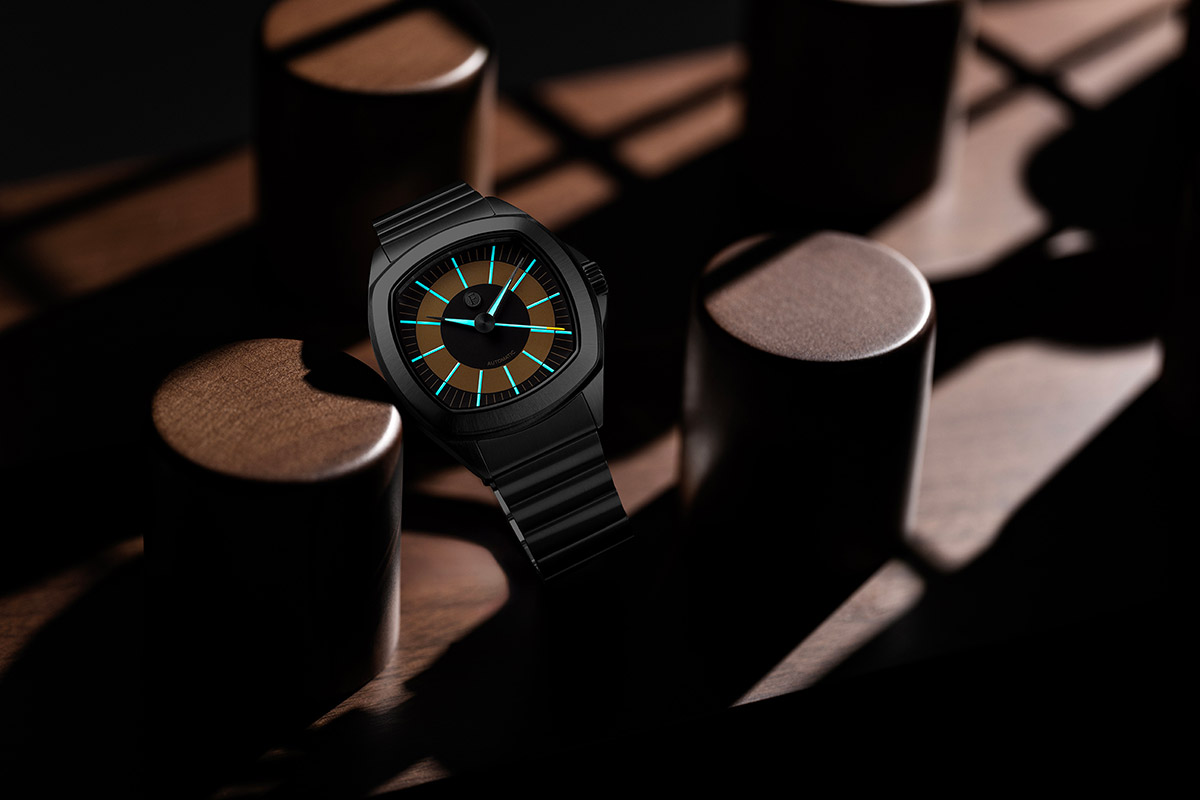
Inspired by 1970s Automotive Excellence
For Porsche enthusiasts & other supercars from the era, the Time Master 70’s offers more than just a timekeeping function. Its design is inspired by the sleek lines and elegant simplicity of 70s sports car models. The clean dial mirrors the precision instruments found in the cockpits of vintage sports cars, while the bold, luminous hour indices ensure visibility reminiscent of race car dashboards.

1973 Dodge Charger dashboard.
Just as a Porsche 911 is a symbol of balance between design and power, the Time Master 70’s reflects the same ethos—perfectly balancing functionality and aesthetics. The precision of the Swiss ETA 2824 or Japan Miyota 9039 movement mirrors the finely-tuned engines that defined an era of automotive glory.
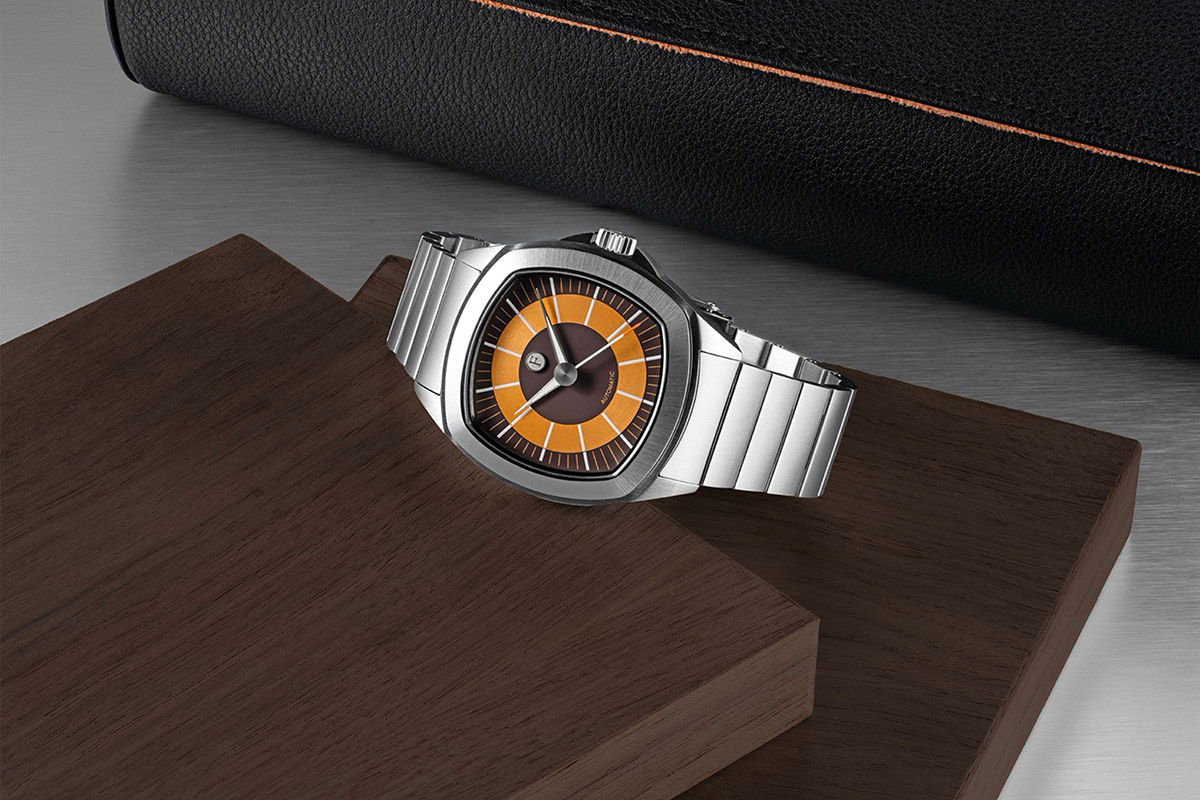
Limited edition
The Time Master 70’s is quickly becoming a collector’s item, with only limited units remaining. This limited-edition watch is nearly sold out! If you’re looking to own a piece of 1970s-inspired heritage, now is the time to act . With shipments scheduled for mid-October, this is your last chance to secure your Time Master 70’s.
Ready for the Open Road?
Whether you’re behind the wheel of a classic car or simply enjoying your everyday adventures, the Time Master 70’s is your ultimate companion. With its striking design and precision engineering, it’s more than just a watch—it’s a tribute to the elegance and excitement of the 1970s racing era.

Don’t miss the opportunity to own a timepiece inspired by a legacy of speed, craftsmanship, and timeless style. Order your Time Master 70’s today! The time Master watches will ship by mid October.

